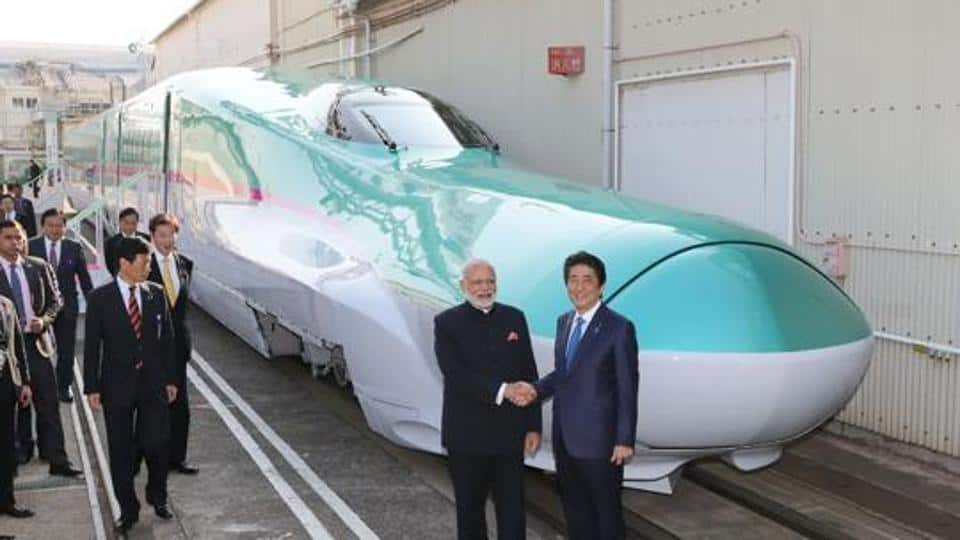NEW DELHI: The National High Speed Rail Corp Ltd (NHSRCL), implementing the 508-km long Mumbai-Ahmedabad Bullet train project said on Saturday they have reworked the Thane station’s design in Maharashtra to reduce the number of mangroves affected.
Under the new design not 53,000 but an estimated 32,044 mangroves may be affected, NHRSCL Managing Director Achal Khare said in a statement.
“All the required wildlife, forest and CRZ clearance has been taken,” he said. He said the forest clearance came with a few conditions though. The Ministry of Environment had put a condition that the Thane station design be reviewed so that the affected region can be limited.
“We wanted to reduce the affected portion of the Mangrove region without changing the location of the Thane station — this is what we discussed with the Japanese engineers and modified it accordingly,” Khare added.
The NHSRCL MD said that passenger areas like the parking area and passenger handling area have now been moved out of the mangrove region.
“The location of station is the same but after the redesigning now only three hectares will get affected as compared to the earlier 12 hectares of mangrove region.
“So this way, we have reduced the destruction of 21,000 mangroves and now only 32,044 mangroves will get affected by the entire project,” he said.
Earlier there were around 53,000 mangroves getting affected.
Khare also said the NHSRCL will compensate at the rate of 1:5 for mangroves affected, by depositing money into mangroves cell, which will do “the compensatory afforestation.”
So against the cutting down of 32,044 mangroves around 1,60,220 new mangroves would be planted and the entire financial expense will be borne by NHSRCL, Khare said.
New mangroves will be planted through mangrove cells, Khare added.
On Monday, while replying to a question raised by Shiv Sena legislator Maneesha Kayande in the state Legislative Council, Maharashtra Transport Minister Diwakar Raote had said that as many as 54,000 mangroves spread over 13.36 hectares will be affected because of the Mumbai-Ahmedabad High Speed Rail Corridor.
[source_without_link]IANS[/source_without_link]

